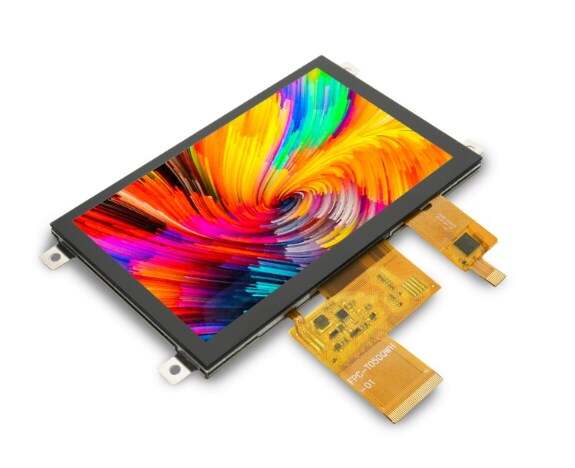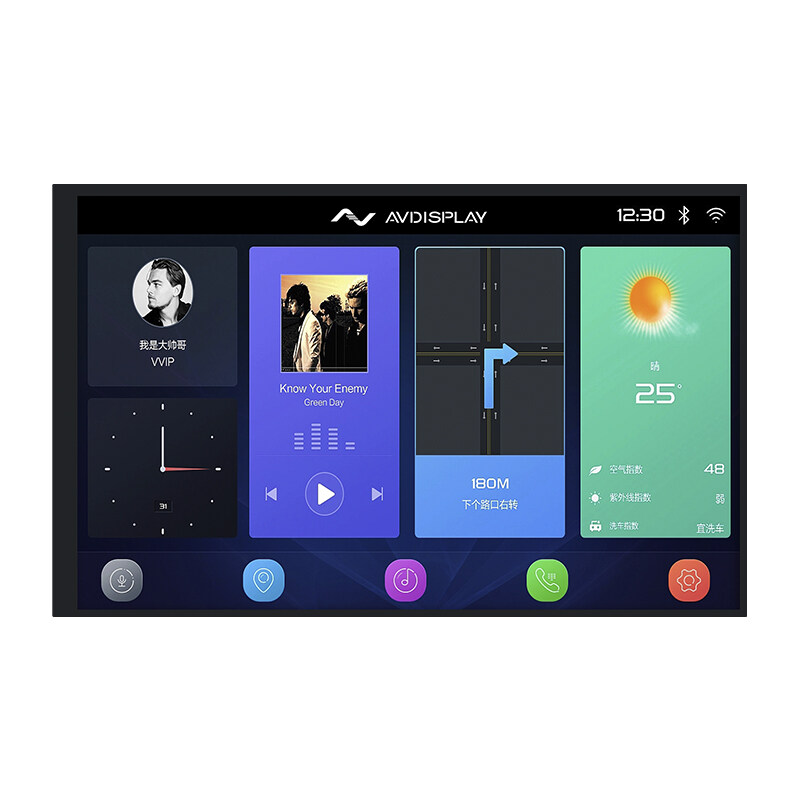Email format error
Email cannot be empty
Email already exists
6-20 characters(letters plus numbers only)
The password is inconsistent
Email format error
Email cannot be empty
Email does not exist
6-20 characters(letters plus numbers only)
The password is inconsistent


In the heart of the global electronics industry lies a vibrant and dynamic sector that is driving innovation and shaping our digital experiences: the TFT LCD display industry. China, with its robust manufacturing capabilities and strategic investments, has emerged as a powerhouse in this domain. The story of China's rise in the TFT LCD display market is not just about numbers; it's about the relentless pursuit of excellence and the strategic positioning that has placed it at the forefront of this technological revolution.
TFT LCD, or Thin-Film Transistor Liquid Crystal Display, is a type of flat panel display that uses liquid crystals and thin-film transistors to produce high-quality images. The technology has become ubiquitous in our daily lives, from smartphones and tablets to televisions and computer monitors.

China's influence in the TFT LCD display industry is multifaceted, encompassing manufacturing, innovation, and market leadership.
China is home to numerous factories that churn out TFT LCD panels on a massive scale. The country's manufacturing prowess has enabled it to meet the global demand for high-quality displays.
Chinese companies are investing heavily in research and development to push the boundaries of TFT LCD technology, focusing on areas such as energy efficiency, resolution, and color accuracy.
With a significant share of the global market, China is setting the pace for TFT LCD display production and sales, influencing trends and driving competition.
The versatility of TFT LCD displays is evident in their widespread use across various sectors.
Smartphones, tablets, and laptops rely on TFT LCD displays for their vibrant and clear visuals, enhancing user experience and driving consumer preference.
In-vehicle infotainment systems and dashboard displays utilize TFT LCD technology for safety and convenience, providing drivers with essential information in a clear and accessible format.
Durable and precise, TFT LCD displays are used in industrial and medical settings for monitoring and control systems, where reliability and readability are paramount.
As China continues to innovate, the technical specifications of TFT LCD displays are constantly improving.
Higher resolutions and pixel densities are being achieved, offering more detailed and lifelike images, enhancing the visual experience in various applications.
Advancements in color filters and backlighting technologies are enabling TFT LCD displays to reproduce a wider color gamut, approaching the vibrancy of natural vision.
With a focus on sustainability, new developments in TFT LCD technology are reducing power consumption, making these displays more environmentally friendly.
The TFT LCD display industry, while thriving, faces challenges that must be navigated to sustain growth and innovation.
The global market is competitive, with companies from various countries vying for market share. China must maintain its edge through continuous innovation and strategic partnerships.
The rise of alternative display technologies, such as OLED and MicroLED, presents a challenge to the TFT LCD industry. China must adapt and integrate these technologies to stay relevant.
Sustainability and eco-friendliness are becoming increasingly important. The industry must focus on reducing its environmental footprint, from manufacturing processes to end-of-life disposal.
China's dominance in the TFT LCD display industry is not just a testament to its manufacturing capabilities; it's a reflection of its commitment to innovation, quality, and global leadership. As the world continues to embrace digital technologies, the role of TFT LCD displays will only grow in importance. China's strategic investments and relentless pursuit of excellence ensure that it will remain at the forefront of this dynamic industry, shaping the way we interact with the digital world for years to come.